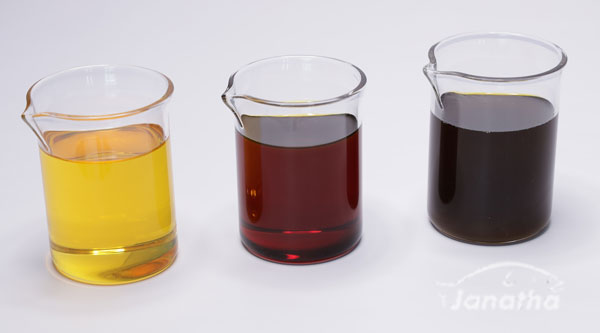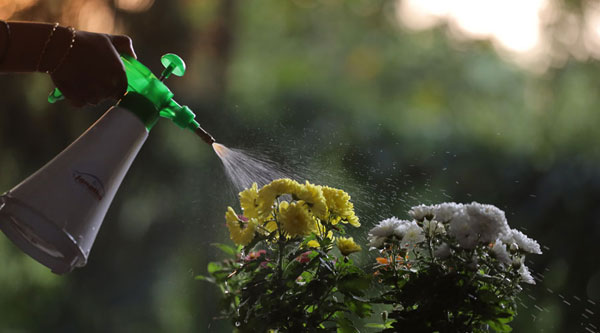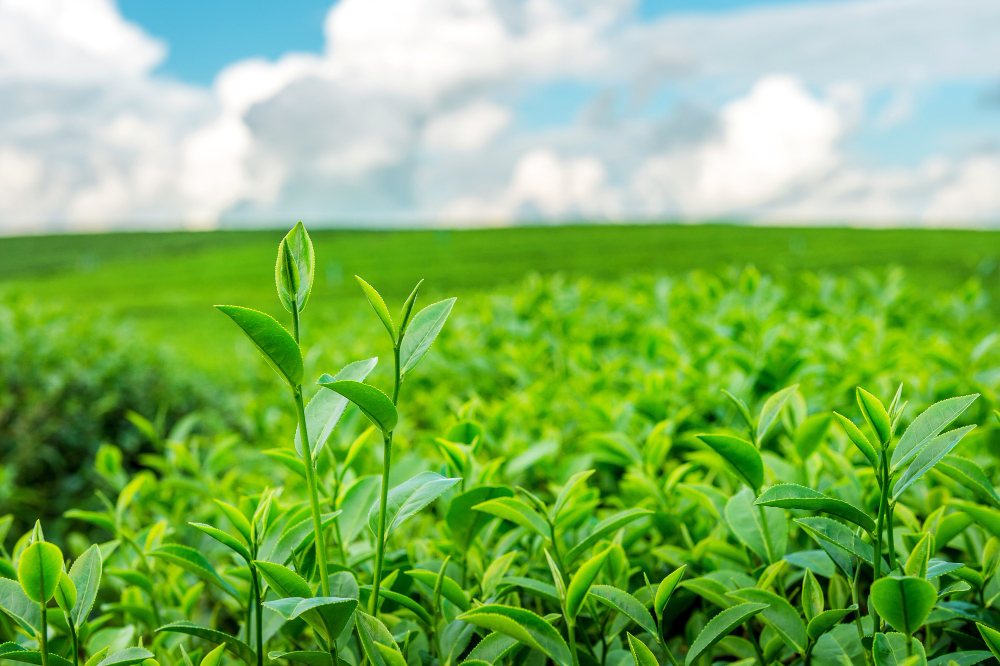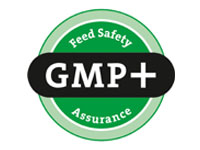Regardless of the source or type, all oil-based products have a similar mode of action. Insecticidal oils kill insects on contact by disrupting gas exchange (respiration), cell membrane function or structure. They also kill them by disrupting their feeding on oil covered surfaces. Their toxic action is more physical than chemical and is short-lived. When used against plant pathogens, oils may smother fungal growth and reduce spore germination on treated surfaces. They are mostly fungistatic, stopping fungal growth rather than killing the pathogens. Stylet oils are highly refined oils and may control insect-vectored plant viruses in addition to insects, mites and fungal pathogens. These oils reduce the ability of aphids to acquire the virus from an infected plant and transmit it to healthy plants. Stylet oils may interfere with the virus’s ability to remain in aphid mouthparts (stylets). Some plant oils that contain sulfur compounds, such as neem oil, may possess additional fungicidal activity compared to petroleum oils. Oil-based pesticides have low residual activity and must be sprayed directly on the insect or mite. To combat plant fungal pathogens, oils generally must be applied prophylactic ally prior to infection. Repeated applications of oils may be needed to achieve desired levels of control. Scale insects can be controlled with horticultural oils. Target Pests and Diseases Oils are most effective against soft-bodied arthropods. They are most commonly used against mites, aphids, whiteflies, thrips, mealy bugs and scale insects. Dormant oil sprays are also used against over-wintering eggs and scales. Horticultural and plant oils are commonly used to suppress certain fungal diseases, like powdery mildew and black spot on rose. Stylet oils may be used to manage insect-vectored plant viruses.
Enjoy Free Delivery across all product categories














